#stone quarry
Text

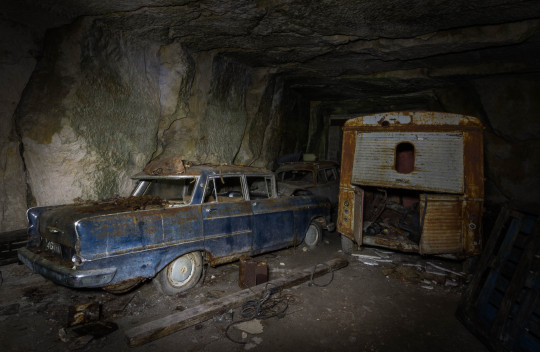


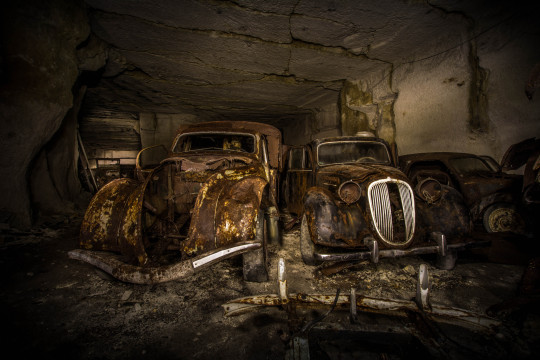
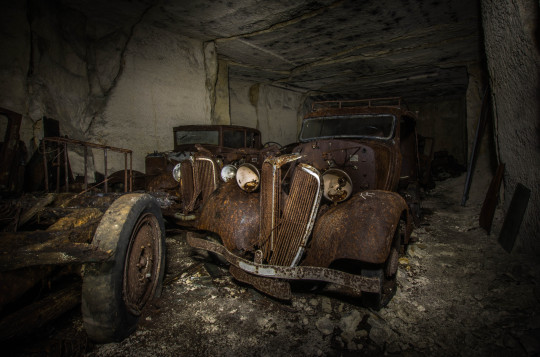




Vincent Miche! Photography
#art#photography#abandoned places#abandoned#urbexphotography#urbexsupreme#urbex#zombilenium#decay#abandoned cars#france#vincent michel#quarry#wwii history#wwii era#wwii#stone quarry#HDR#cars#vintage cars#barn find
140 notes
·
View notes
Text
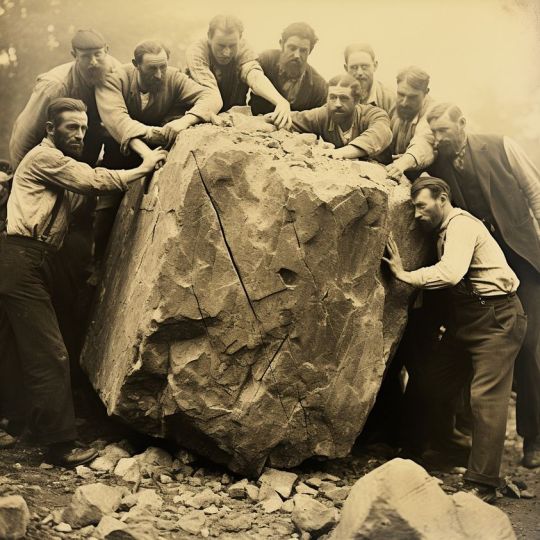
"From the saw-pit I went to the stone quarry, where the mercilessly hard limestone of Fontainebleau Forest was being quarried to build the Russian bath. A burly young Russian named Tchekhov Tchekhovitch was in charge of this work. The second day I was on this task a very large block of limestone broke away. Tchekhovitch said it was just what Gurdjieff wanted to make the lintel of the Russian bath. It was far too heavy for us to remove, and we tried to break it up with stone chisels and crowbars. After two hours, during which we had made no impression on the stone, Gurdjieff suddenly appeared in his town clothes. I learned later that he had just come from Paris, having been up all night. He did not say a word, but stood on the edge of the pit and watched us. We went on hacking away at the stone. Abruptly, he took off his coat and jumping into the pit, took a hammer and chisel from one of the Russian workers. He looked closely at the rock, placed the chisel carefully and tapped three or four times. He walked half round it, and after a careful examination tapped again. I am sure he had not struck the rock more than a dozen times when a huge flake, weighing perhaps a hundred pounds, cracked off and fell away. He repeated the operation three or four times and behold, a slab remained less than half the size of the original. He said: “Lift." We put out all our strength and the rock came up, and we carried it over to the bath.
It was a telling exhibition of skill that has remained in my memory as vividly as when I saw it. But this is only half the story. More than twenty-five years later I was sitting beside Gurdjieff at meal in his flat in Paris, and Tchekhovitch, now grey and almost bald, was standing facing us. Gurdjieff was talking about Ju-jitsu, and saying that he had learned a far more advanced art in Central Asia than that of the Japanese. It was called Fiz-lez-Lou, and he had thought of introducing it in Europe and was looking for someone to train as an instructor. As Tchekhovitch had been in his youth a champion wrestler, he had been the natural candidate. He then spoke to Tchekhovitch, and said: “Do you remember at the Prieure when we were making the Russian bath, how you tried to break the rock for the door frame and could not? I watched you then, and saw that you did not know how to look. I could see just where the rock would crack, but you could not see even when I showed you. So I gave up the idea of teaching Fiz-lez-Lou in Europe."
Tchekhovitch, who adored Gurdjieff as if he were a divine incarnation, stood motionless and said: “Yes, Georgy Ivanitch; I remember." Then tears began to roll down his cheek. I trembled in sympathy. This incident, which had taken twenty-six years to complete its cycle, was not only characteristic of human ineptitude, but terrifyingly applicable to my own condition."
~ J.G. Bennett, 'Witness'
[Thanks Ian Sanders]
#stone quarry#attention#awareness#J.G.Bennett#Witness#stories#Gurdjieff#Fiz-lez-Lou#Ju-jitsu#martial arts#skill
19 notes
·
View notes
Text

#旅かえる
#旅かえる#tabikaeru#frog#shadow#kanto region#chiba prefecture#Mt.Nokogiri Bosyu Rock#mt. Nokogiri#stone quarry#special
3 notes
·
View notes
Text

Cava Arcari performance space by David Chipperfield. David Chipperfield Architects crafted the monolithic performance space within Cava Arcari, transforming the cave from its former use as a Vicenza stone quarry to a permanent space for events. Completed in 2018. Via Dezeen.
Photos: Edmund Sumner
0 notes
Text
Almost every eligible stone had been worked over and cracked open in the search for good blade material.
"Design: Building on Country" - Alison Page and Paul Memmott
#book quote#design#building on country#alison page#paul memmott#chert#stone quarry#georgina basin#nonfiction
0 notes
Photo
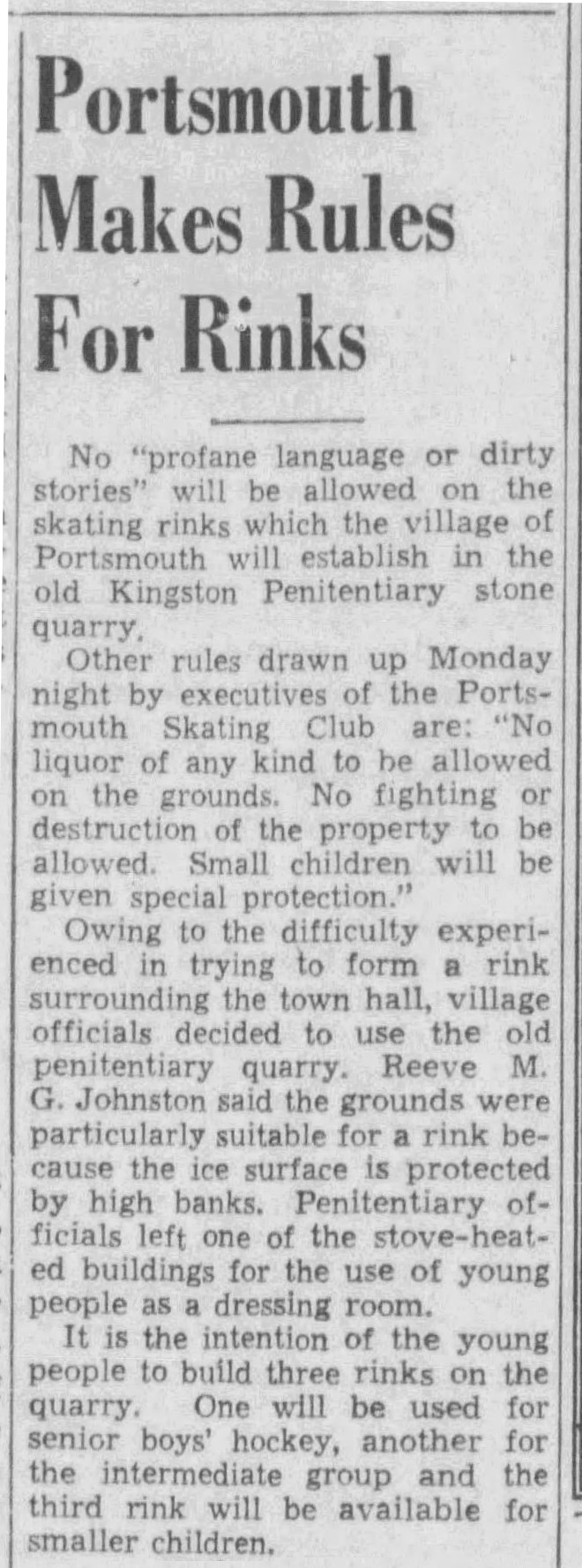
“Portsmouth Makes Rules For Rinks,” Kingston Whig-Standard. January 6, 1942. Page 3.
----
No "profane language or dirty stories" will be allowed on the skating rink, which the village of Portsmouth will establish in the old Kingston Penitentiary stone quarry.
Other rules drawn up Monday night by executives of the Portsmouth Skating Club are: "No liquor of any kind to be allowed on the grounds. No fighting or destruction of the property to be allowed. Small children will be given special protection."
Owing to the difficulty experienced in trying to form a rink surrounding the town hall, village officials decided to use the old penitentiary quarry. Reeve M. G. Johnston said the grounds were particularly suitable for a rink because the ice surface is protected by high banks. Penitentiary officials left one of the stove-heated buildings for the use of young people as a dressing room.
It is the intention of the young people to build three rinks on the quarry. One will be used for senior boys' hockey, another for the intermediate group, and the third rink will be available for smaller children.
#kingston ontario#skating rink#ice rink#municipal politics#kingston penitentiary#stone quarry#penitentiary property#canadian winter#winter sports#canada during world war 2#regulation of morality
0 notes
Text
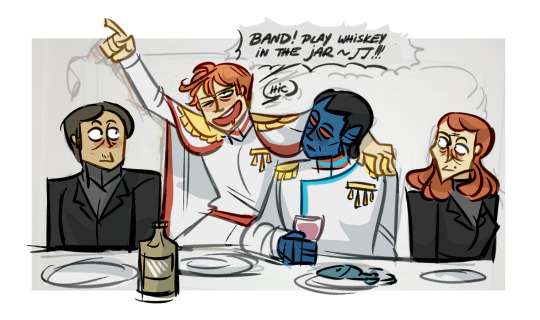

arranged marriage where hux is forced to marry thrawn because whatever reasons and since he has a nobel prize in space racism he absolutely doesnt want to marry a xeno so he gets wasted on their wedding night and well thats the context for this
#star wars#star wars fanart#thrux#grand admiral thrawn#general hux#brendol hux#armitage hux#art#doodles#i should introduce you one day to doctor darling the cool oc my gf and i made up and whos huxs biggest nemesis#mainly because shes english#btw no she isnt a sexy or cool woman actually she looks horrid and requires an entire stone quarry for the foundation she wears
108 notes
·
View notes
Photo
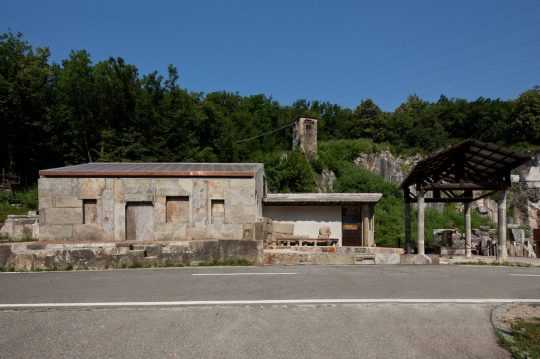



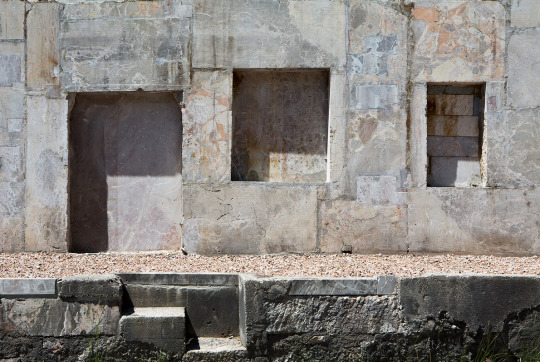
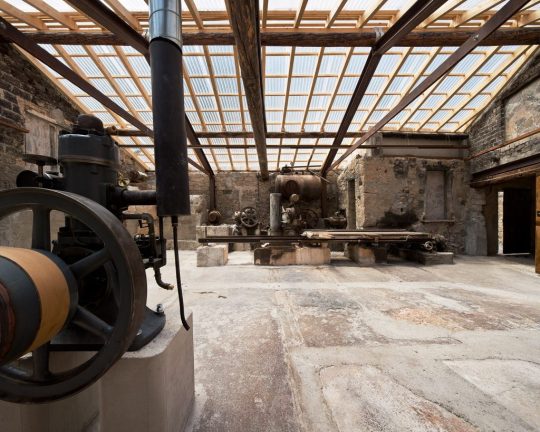

Marble Quarry Renovation, Arzo, Italy - Enrico Sassi
https://enricosassi.ch/en/enrico-sassi-homepage/
#Enrico Sassi#architecture#building#design#modern architecture#restoration#reuse#old and new#historical#quarry#industrial#marble#stone#masonry#italy#interiors#public toilets#museum#italian architecture#museum architecture
196 notes
·
View notes
Text

Gemstone, rock, and fossil artisan keycaps from Keycap Quarry.
69 notes
·
View notes
Text

it's not summer until you're risking life and limb in the quarry :)
#em draws stuff#team fortress 2#tf2#soldier tf2#spy tf2#'yes but it is december' you may say but I have been Thinking of the quarry again#literally what can't you do in a quarry. you can die by drowning you can fall out of a tree you can perish in a rockslide you can do it all#this drawing is brought to you by the fact that they put up new chainlink fences and rockslide warnings around the quarry#the next generation of rambunctious children are barred from scampering merrily up sheer slopes of rapidly crumbling stone! sad!
43 notes
·
View notes
Text
One of my "littles hopes" for The Casting of Frank Stone, Directive 8020 and beyond:
Please continue the trend of having at least one playable character whose name starts with a J. So far, I liked every single one of them for different reasons. <3
#the casting of frank stone#directive 8020#until dawn#the quarry#man of medan#little hope#house of ashes#the devil in me#jessica riley#josh washington#jacob custos#joe roberts#julia man of medan#john little hope#jason kolchek#jeff whitman#jamie tiergan
24 notes
·
View notes
Text
Archaeologists uncover how early human hunting practices, and the pursuit of elephants shaped our ancestors' choice of living sites. Discover the fascinating connection between ancient stone quarries, water sources, and the paths of these majestic creatures.
11 notes
·
View notes
Text
had a dream last night that rick astley was in the donbrothers. he didn’t transform or anything, he was just there.
#tokusatsu#donbrothers#avataro sentai donbrothers#donbros#rick astley#my weird dreams#weird dreams#also utsumi from build was there but he was a monster and had been turned to stone#once he was freed from his stony prison he had stretchy arms#i think zox was there too but i don’t remember for certain#also also someone called saruhara donkey kong which i mean… it fits. y’know. cause monke.#but yeah there was a quarry fight and everything#more of a quarry chase sequence because utsumi kept spider-man-ing around with his stretchy arms but whatever same thing
52 notes
·
View notes
Text

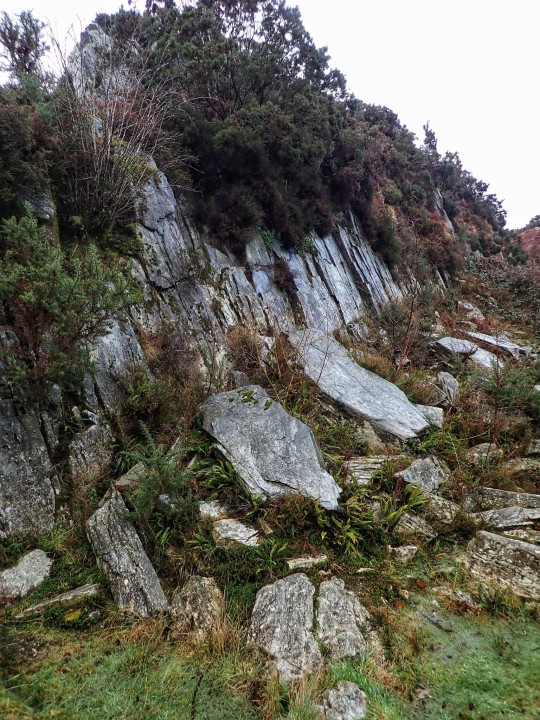
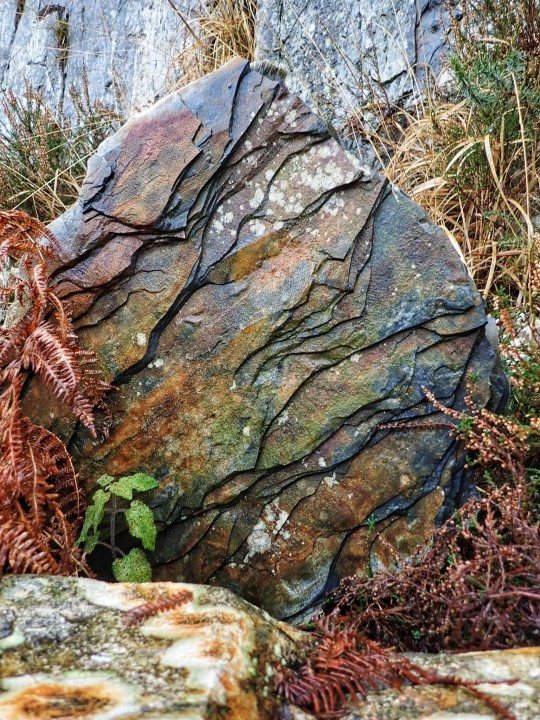
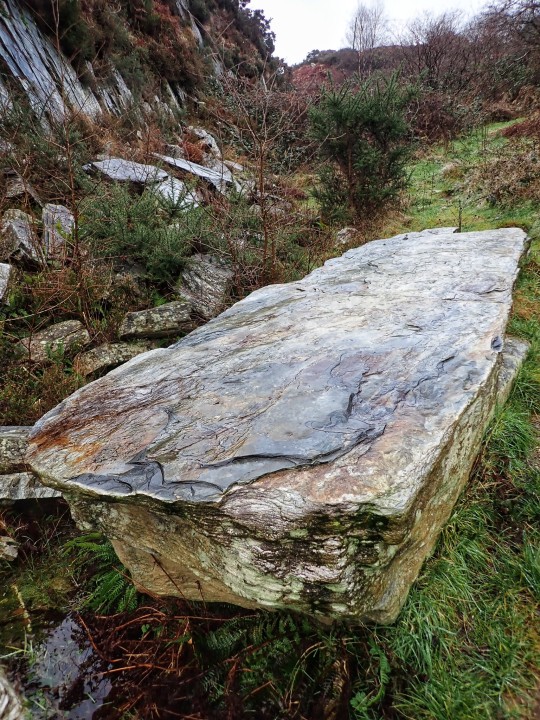


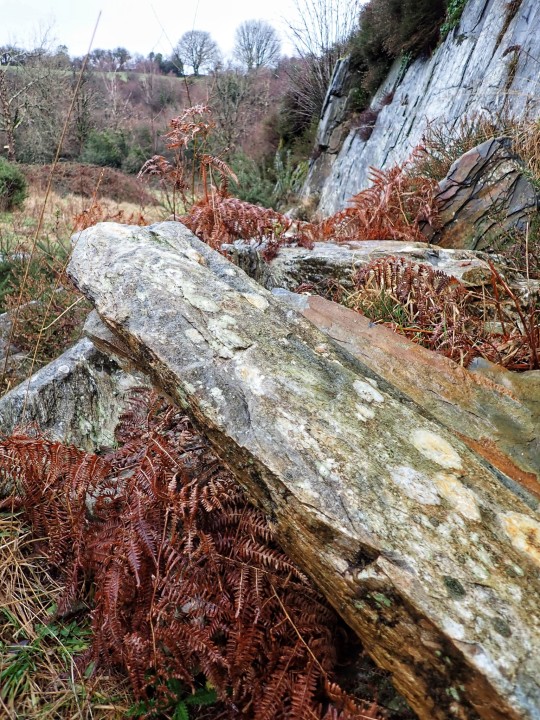
Craig Rhos-y-felin, a Welsh Bluestone Megalith Quarry for Stonehenge, nr. Pont Saeson, Pembrokeshire, Wales
#ice age#stone age#bronze age#copper age#iron age#neolithic#mesolithic#calcholithic#paleolithic#prehistoric#prehistory#bluestone#quarrying#stonehenge#archaeology#geology#standing stones#megalithic#megalith#monolith#wales#Pembrokeshire
123 notes
·
View notes
Text
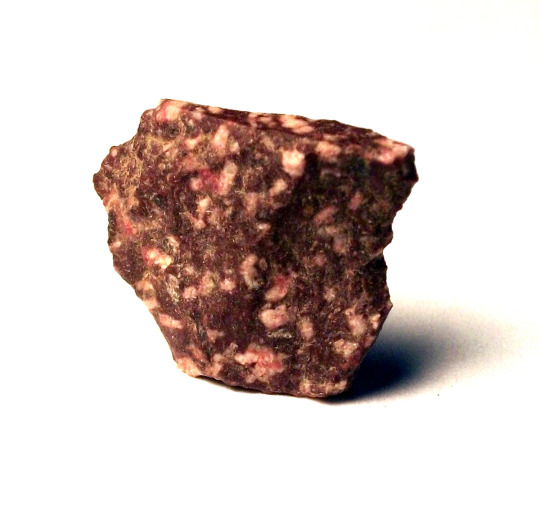
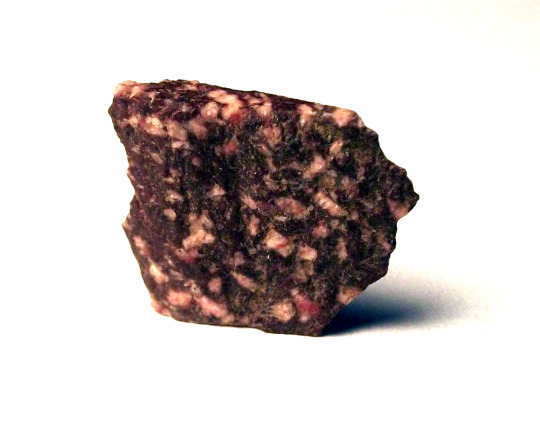
Egyptian Porphyry aka Imperial Porphyry (two views) - this 3/4" (2cm) chip was found on the walk from the parking lot up to the ruins of Hadrian's Villa in 1998.
In Imperial Roman times this stone was considered as the inherent personal property of the Emperor throughout the realm.
It comes from only one source; a single mountain in Egypt that the Romans called Mons Porphyry. It is a purple, volcanic stone, very dense and fine-grained, with small white inclusions.
According to Pliny’s Natural History, Imperial Porphyry was discovered in 14 (or 18?) CE by Caius Cominius Leugas, a Roman legionary. Seeing that this hard stone was the purple color which symbolized Imperial power, he had samples brought to the Emperor Tiberius in Rome. When Tiberius saw that this royal-colored stone was solid enough for building and carving, he decreed that “Imperial Porphyry” would be for the use of the Imperial family only.
This use to convey royalty made Imperial Porphyry truly the stone of Empire, causing it to be more significant and powerful to the Empire than gold.
The Byzantine Emperors used Imperial Porphyry to tile the interiors of some palace rooms, including the room where pregnant empresses gave birth. Young princes were given the title porphyrygenitos to indicate they were legitimate imperial heirs, born and raised in rooms of porphyry.
Constantine XI, the last of the Byzantine emperors, was crowned not in Constantinople, but in the provincial city of Mystras, which had a single Imperial Porphyry tile set into the floor. The new Emperor was said to have stood on that tile to be sworn in in 1449, continuing and ending the tradition that had been part of the Empire for more than 1,400 years.
Centuries later, Napoleon Bonaparte wanted to be buried in an Imperial Porphyry tomb, as a symbol that he was a legitimate heir to the Roman Emperors. He had officials search for the long-lost Imperial quarry during his expedition to Egypt, but was unable to find the ancient source. He was instead buried in a sarcophagus of much more common red porphyry.
The ancient quarry on Mons Porphyry was rediscovered by Sir John Wilkinson, a former president of the Royal Geographic Society in 1823, only two years after Napoleon’s death. The site - now called Jabal Abu Dukhkhan - is a World Heritage site. It is about 30 miles inland from the city of Hurghada on the southwestern shores of the Gulf of Suez by the Red Sea.

For $19 you can purchase some porphyry chips for yourself. Or maybe something bigger:
Imperial Porphyry slab - 10½" wide x 5½" high x ½" thick - $4,500 plus shipping

www.imperialporphyry.com
7 notes
·
View notes
